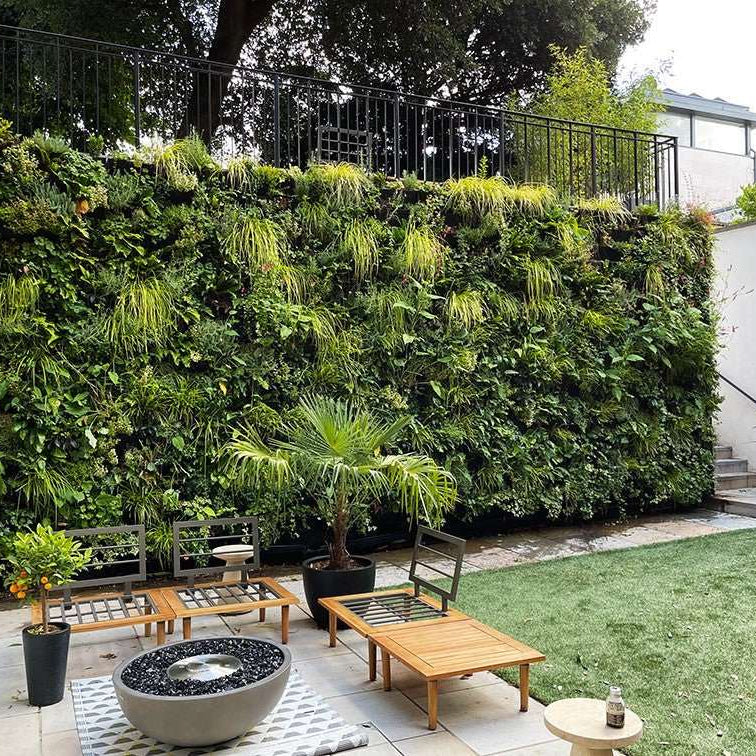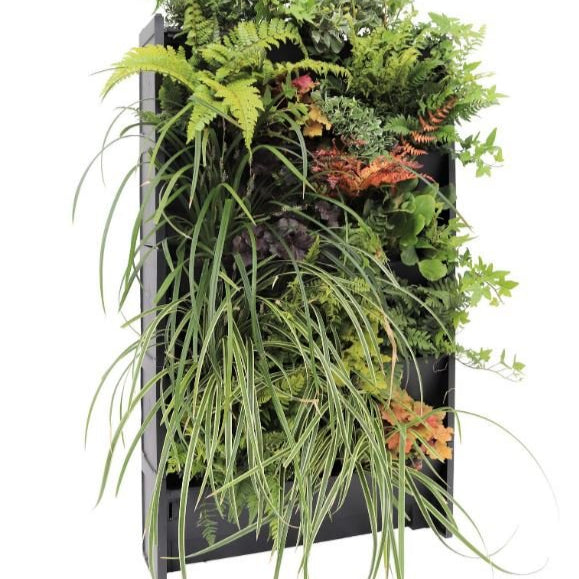The potato has been a mainstay of Irish cuisine for centuries and today this much-loved root vegetable is making a comeback in home gardens. It'e easy to grow your own food with seed potatoes.

There are many different varieties of seed potato to choose from:
Grow Your Own Food with Seed Potatoes early in the season using
First Earlies Seed Potatoes:
Arran Pilot - white fleshed, waxy tubers. It's ideal for using in salads or steamed
Duke of York - Heritage variety yellow flesh and oval in shape. Floury in texture
Home Guard - My favourite early potato, firm and full of flavour when cooked.
Red Duke of York - oval, red skinned tubers. Soapy, yellow flesh, superb flavour
Sharpes Express - Cream coloured and floury texture
Grow Your Own Food with Seed Potatoes in Mid season using
Second Earlies Seed Potatoes:
British Queens - One of the most popular of all. Full of flavour, floury texture
Nicola - Waxy texture, ideal for salads
Wilja - Excellent for steaming or boiling, yellow, soapy in texture.
International Kidney - Beautiful flavour for boiling, mashing steaming and salads
Salad Blue - Heritage variety, very distinctive purple flesh, great for mashing
Grow Your Own Food with Seed Potatoes late in the season using
Main crop Seed Potatoes:
Cara - Pink Skin and floury in texture
Desiree - Red skinned variety, good resistance to drought
Golden Wonder - My favourite Maincrop and one of the most popular.
Kerrs PInk - One of the most popular of all. Pink skin and floury flesh.
Pink Fir Apple - Ideal salad potato, producing long irregular potatoes.
Record - Oval, yellow potatoes, floury in texture
Inca Bella - Floury texture, great for baking and roasting
Blight Resistant Varieties
Sarpo Mira - Pink skin with yellow flesh and floury in texture.
Blue Danube - Dark purple skin, excellent for roasting and baking. Blight can affect foliage but not the tubers
Sarpo Una - Can be grown as second early or maincrop. Excellent for salads
You can browse my own seed potato availability here: Seed Potatoes

No matter which variety you pick it is important to be realistic about the space you want to give up in your garden and the amount of each variety you have room to store or want to eat fresh. One of the best varieties to start with is Sarpo as it is completely resistant to potato blight a real scourge in our climate.
For a successful potato crop you will need to set aside a large plot of nutrient rich soil somewhere in your garden that enjoys full sunshine.
When you Grow Your Own Food with Seed Potatoes it is worthwhile to sprout your seed potatoes before planting them as this speeds up the harvest time by as much as three weeks. To sprout your seed potatoes place the tubers (one deep) in a timber box or even an empty egg carton and leave them to rest in a greenhouse or on a warm, sunlit windowsill until they begin to sprout. When your shoots are approximately 2.5 cm long they are ready to plant.
Potatoes are relatively easy to grow but first it is important to prepare the soil by digging nutrient rich organic matter into trenches. Plant your sprouted tubers (shoots pointing up) the correct distance apart (this will depend upon the potato variety you are planting) and keep the new plants well-watered. Keep an eye on your potatoes and when shoots start to appear you will need to ‘earth up’ around them so that just the very tip of the shoot is visible.
Early varieties can be planted inside as early as February and can be moved outside after approximately 3 weeks. Planting potatoes this early in the year will mean that harvest time is in June but beware of frost as this will damage the young plants.
At time of planting I would certainly recommend scattering an organic soil conditioner such as Soil Renew on the soil surface, this allows you to harness the power of nature within the soil for better results.
If you don’t have a lot of space in your garden for a vegetable patch then you should concentrate on the earlier types because they can be planted closer together (30–40 cm apart in rows that are approx 40–50 cm apart) and are less likely to suffer from blight and other disease. Earlies are ready 15–16 weeks after planting about mid-June and July.
Second Earlies should be planted in early April and will take 16–17 weeks to mature after planting (June through to August).
Main crops are the most common potato variety and although they take up the most space in the garden, they are the best varieties to store.
Main crops should be planted in mid-April and can be harvested 18–20 weeks after planting (August through to late September). These hearty potato varieties can be stored until spring. Be careful to store your potatoes correctly in a cool dry place to prevent them from going bad.
There are a few basic tips that will help ensure you have a healthy potato crop: don’t overwater; don’t plant tomato plants next to your potatoes as they are affected by the same diseases; always remove infected or dead potato plants from the garden; and for sure results, plant a blight resistant variety such as Sarpo
Your potatoes are ready when they start to flower – harvest and enjoy.
















Leave a comment